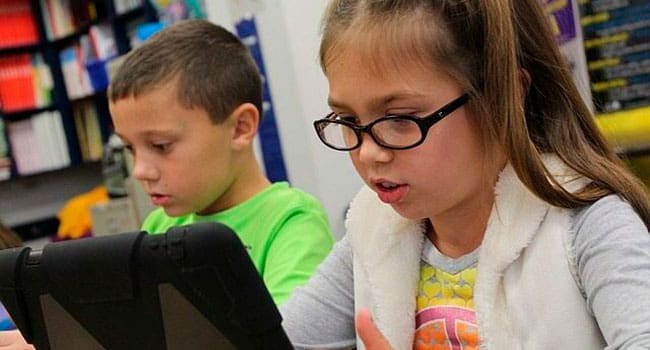By Angela MacLeod
and Jason Clemens
The Fraser Institute
The Ontario Progressive Conservatives’ recently-released election platform shows they’ve opted for the status quo in kindergarten-to-Grade-12 education. That’s unfortunate, because the province’s education system is in dire need of reform.
The platform the Opposition PCs offered as they prepare for next year’s provincial election contains almost no substantive proposals to improve an antiquated and increasingly inefficient system.

Angela
MacLeod
For instance, the first education promise in the PC platform is a moratorium on school closures. But public school enrolment in Ontario declined 5.4 per cent between 2005-06 and 2014-15, the most recent year of available data. There are 115,308 fewer public school students but the PCs are committing to no school closures.
Rather than offer innovative ideas about the role of charter or independent schools to mitigate potential school closures, particularly in rural areas, the PCs simply make a blanket commitment that won’t improve education nor free up resources used by under-populated public schools.
Buried in the fine print of the platform are statistics that should deeply concern Ontario parents. According to a recent study cited by the PCs, 80 per cent of all Grade 6 teachers in the province didn’t take a single math class in their university programs. Although the PCs have correctly identified this as a serious concern, their proposed solution is underwhelming – one professional development day per year to update teacher math skills. With half of the province’s Grade 6 students failing to meet the standard for mathematics, a single day per year is barely a Band-Aid solution when substantive reform is needed.
The PC platform also does nothing to expand choice for parents. Ontario is the only province outside Atlantic Canada that fails to provide support for families who choose independent schools. In Quebec and all the western provinces, provincial governments provide partial funding to independent schools so they’re more accessible to lower- and middle-income families.

Jason
Clemens
But families in Ontario who choose a school outside the public system must pay the full cost of their children’s independent education while still supporting public education through their taxes.
And recent analyses shows that the average income of families choosing non-elite independent schools is essentially the same as public school parents in B.C. and Alberta (where partial funding is available to independent schools). However, in provinces such as Ontario that don’t provide government support, independent education is unaffordable for many low- and moderate-income families.
A common refrain is that Ontario’s public education system lacks resources. However, between 2005-06 and 2014-15, the latest year of comparable data, Ontario increased spending on public schools by 36.6 per cent – from $19.5 billion to $26.6 billion.
On a per-student basis, after accounting for inflation, Ontario has increased spending from $10,762 in 2005-06 to $13,276 in 2014-15 – a 23.4 per cent climb. Ontario’s per-student spending is above the Canadian average ($12,646) and fourth highest in the country. If the solution to Ontario’s problems could be solved by spending more money, we should already see improvements.
The PCs had an opportunity to truly set a new course for education in Ontario, but instead chose to deliver more of the same. Clearly, based on the PC campaign platform, the status quo will remain for the next four years regardless of who’s elected in 2018.
Angela MacLeod and Jason Clemens are analysts at the Fraser Institute.
Angela and Jason are Troy Media Thought Leaders. Why aren’t you?
The views, opinions and positions expressed by columnists and contributors are the author’s alone. They do not inherently or expressly reflect the views, opinions and/or positions of our publication.

